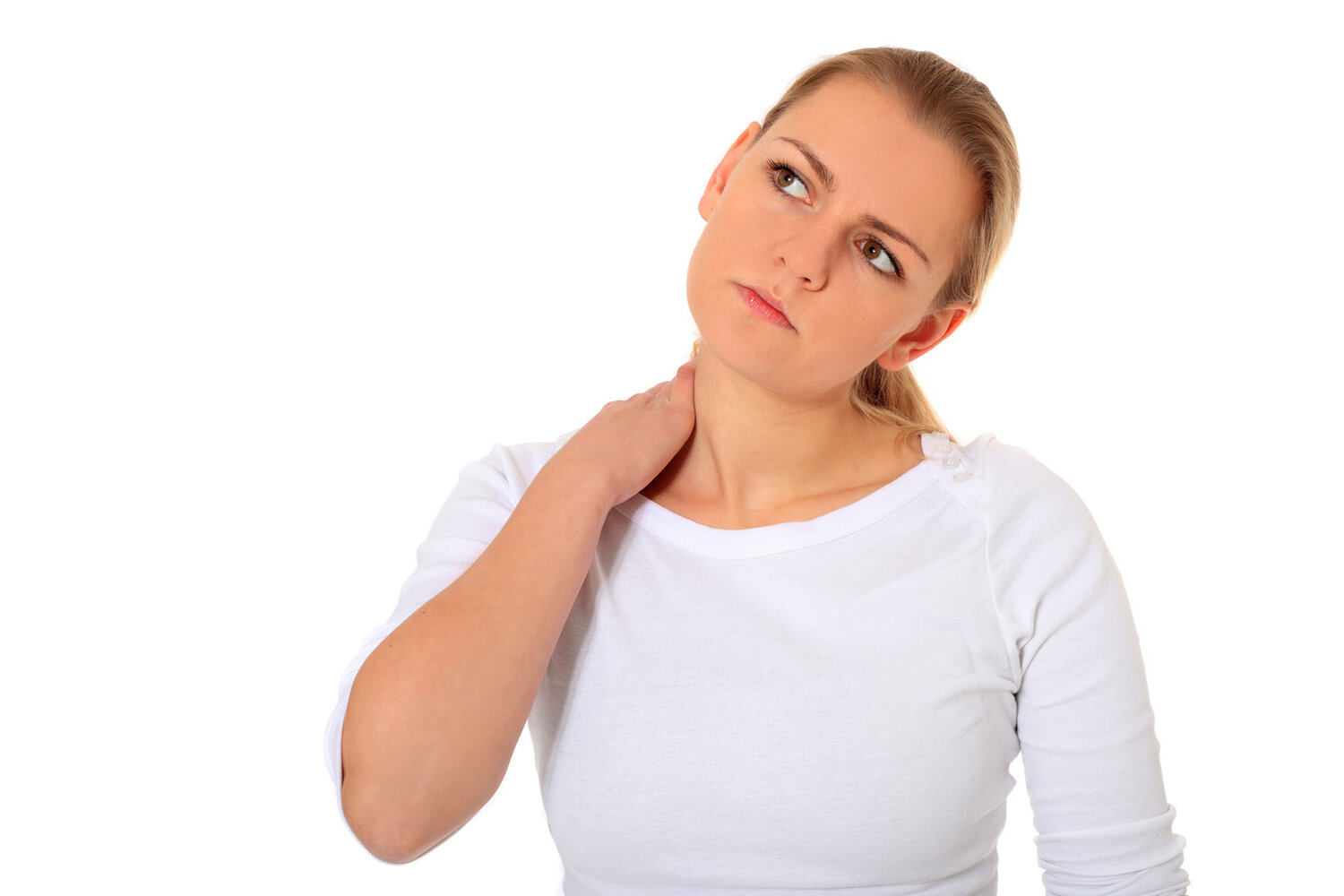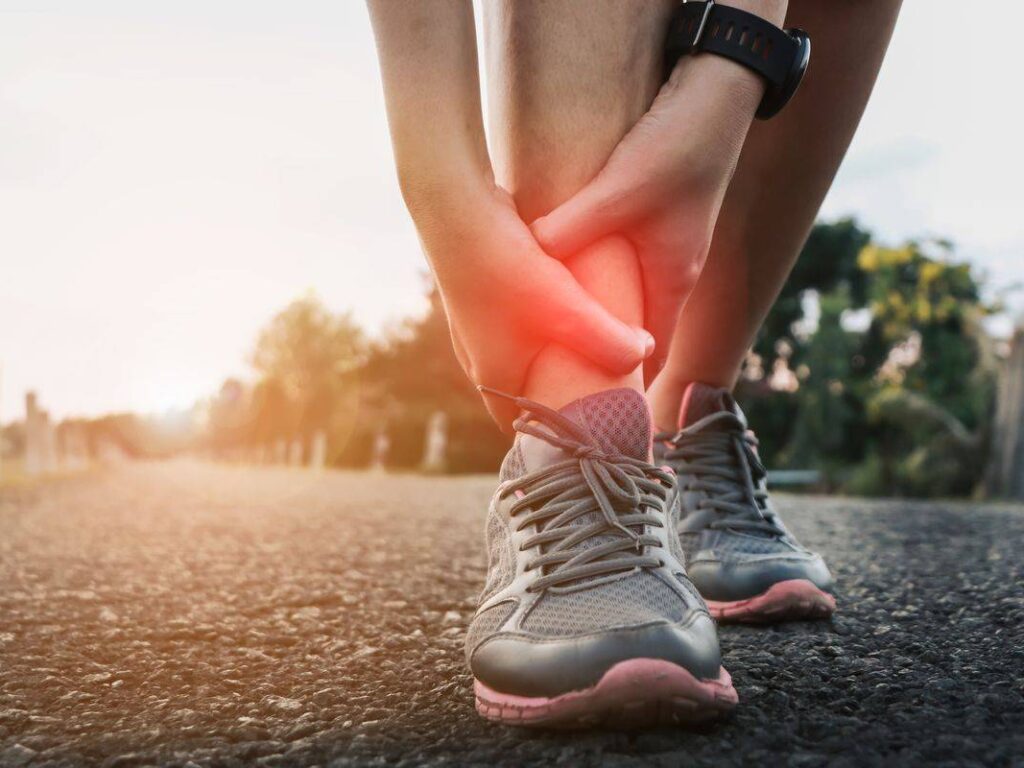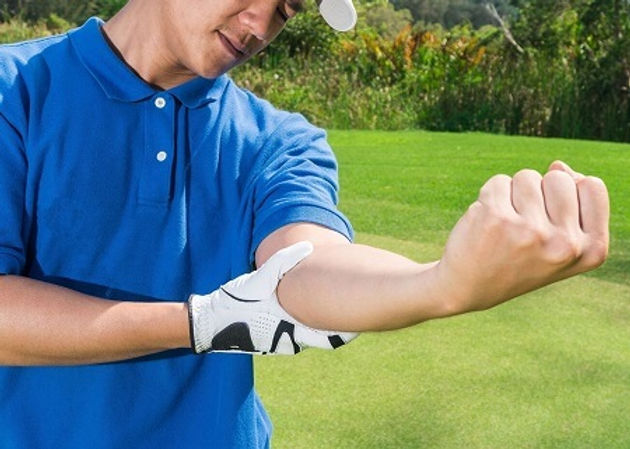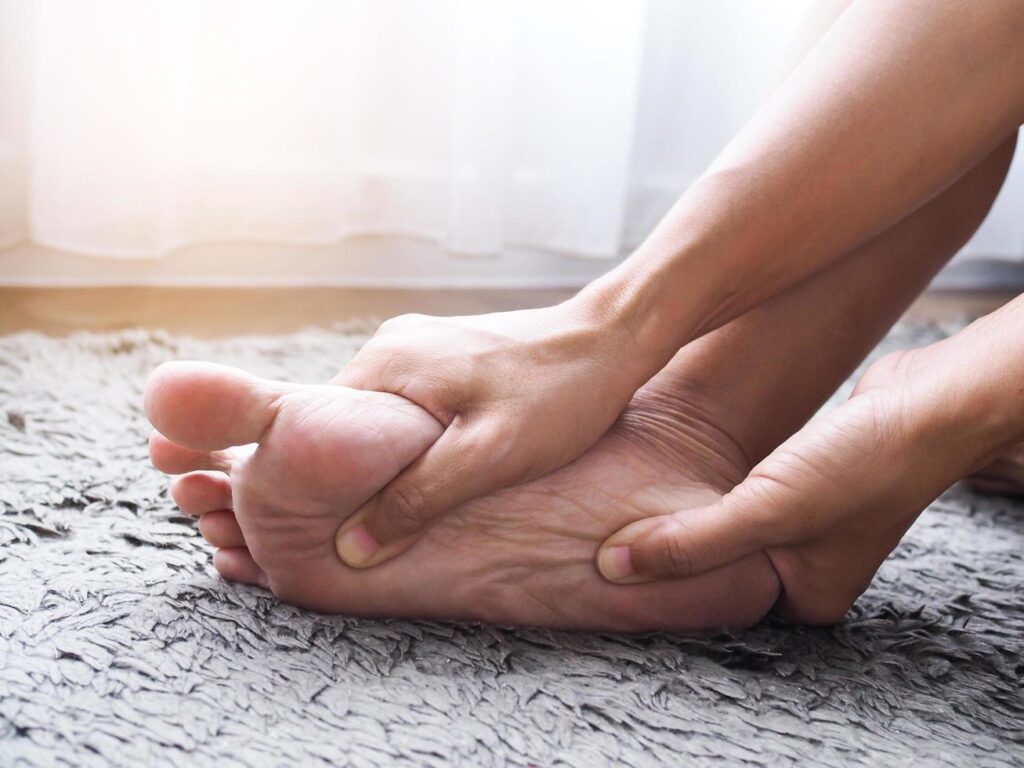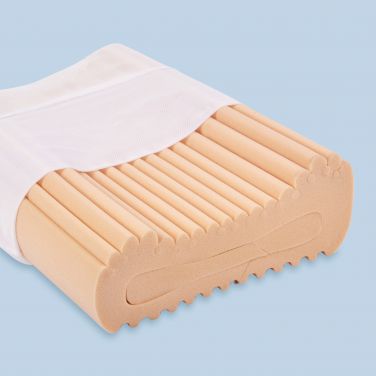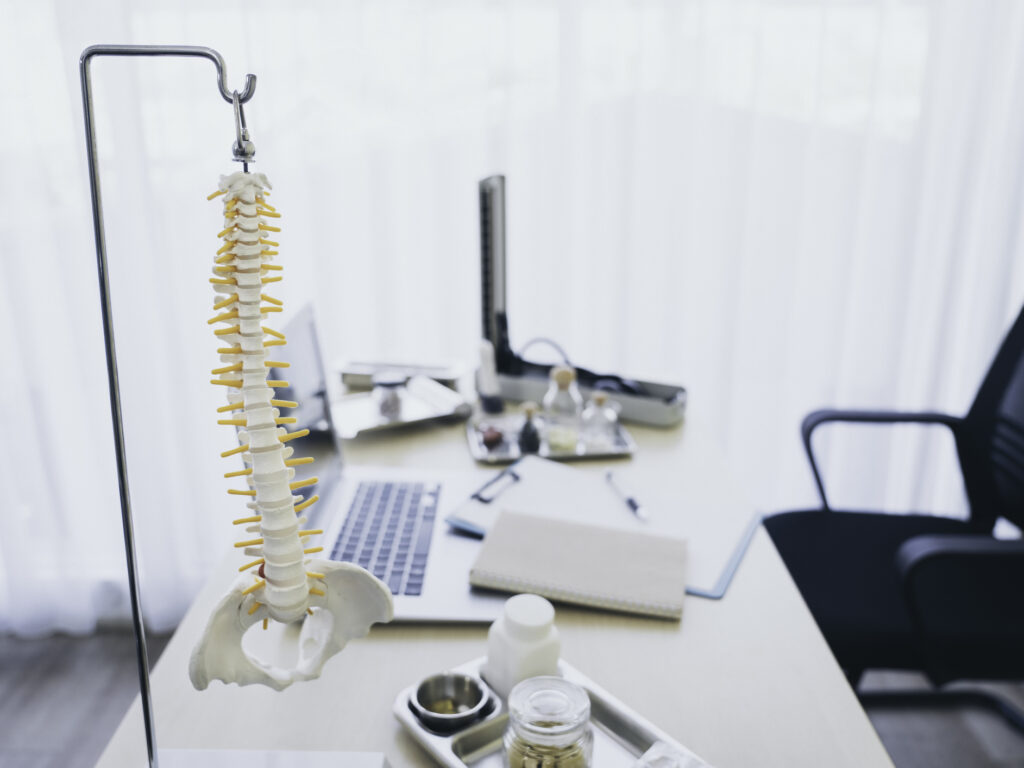Facet Joint Pain
What is a facet joint pain?
Facet joint pain commonly referred to as facet syndrome, Facet capsulitis/synovitis or facet joint dysfunction, and is a condition affecting the cervical, thoracic or lumbar spine. It is characterised by that sharp deep pain, Typically, there will be more discomfort while leaning backward than while leaning forwards worse with pain that derives from the facet joints in the cervical, thoracic and lumbar spine.

What is a facet joint?
Cervical facet joints, found at the back of the neck’s vertebrae, play a key role in guiding spinal movements. These joints are susceptible to injury through various mechanisms, such as awkward neck twisting, maintaining a forward head posture for extended periods, improper sleeping positions, or experiencing neck trauma. Such injuries often result in facet joint dysfunction.
What are the Symptoms of Facet Joint Pain
- Gradual or sudden onset of well-localised neck pain.
- Pain that may spread to include the head, shoulder, and
arm. - Pain that is typically sharp or ‘stabbing’ but can also be a
dull ache. - Pain that is brought on or aggravated by neck movement.
What causes facet joint pain?
There are many causes of facet joint pain. Here are a few examples:
- Sustained poor posture
- Whiplash
- Weak stabilisers (such as the core and the neck flexors)
- Overuse/overstretching the joint capsule
- Faulty biomechanics
- Stress
- Poor pillow alignment and support and unsupportive bed matress
- Trauma such as headlock or guillotine in grappling sports such as Brazilian Jiu Jitsu
Any number of the structures mentioned above could be the cause of the pain. Because of the small size and close proximity of all the structures in the joint, it is difficult to determine what specific structure is compromised in the joint.
How can Chiropractic help?
Hands on techniques such as manipulation, mobilisations and Dry Needling can be used to improve facet mediated pain. Chiropractic care can help:
- Reduce pain
- Increase joint movement and proprioception
- Help surrounding joints to function normally
- Decrease post Injury Muscle spasm
What things can i do while my neck is painful and acute?
- Avoid looking down for too long (e.g.,
prolonged use of smart devices or
knitting). - Avoid looking up for too long (e.g., painting
a ceiling). - Avoid prolonged neck rotation (e.g., sitting
beside someone you are talking to rather
than in front of them). - Apply heat over the affected area for 10-15min
- Avoid falling asleep in a seated position
(e.g., in an armchair while watching
television). - Perform your prescribed exercises daily
within your pain tolerance. - Stop the exercises if they worsen your
symptoms and inform your practitioner s
As a result of the joint being in pain, the surrounding muscles tend to tense up and shorten to protect it from further injury, Techniques such as soft tissue releases, dry needling and muscles stretches can be used in congruence with the manual therapy techniques. To ensure the healing process is continued outside of the treatment room rehabilitation exercises, tailored specifically for the patient, should be performed. This will promote self-management and strengthen the muscles to help avoid the joint from being under increased load in the future. Preventive techniques can be employed to decrease the likelihood of any further flare-ups.
At In Good Hands Chiropractic Petersham, our experienced chiropractor Daniel De Jesus will conduct a thorough musculoskeletal, orthopaedic and neurological examination to find the true underlying cause of your neck pain. Then design a treatment plan based on the cause, symptoms and the history of the individual’s episodes .Facet Joint treatment may involve soft tissue therapy to reduce any muscle inflammation or tension, and chiropractic adjustments. Take home exercises and advice will also be recommended, to improve the movement in the area and decrease the severity of your symptoms.
Give us a call on: 0406 230 393 or book online to arrange an appointment.
References:
- Little JS, Ianuzzi A, Chiu JB, Baitner A, Khalsa PS. Human lumbar facet joint capsule strains: II.
- Alteration of strains subsequent to anterior interbody fixation. The spine journal : official journal of the North American Spine Society. 2004;4(2):153-62.
- Nance PW, Adcock EM. Facet Mediated Pain [document on the Internet]. PM&R Knowledge NOW; 2011 [cited 2018 May 4]. Available from: https://now.aapmr.org/facet-mediated-pain/
- Ramsook RR, Bryce TN. Facet-Mediated Pain. 2017:341-3.
Image reference: 1. Ramsook RR, Bryce TN. Facet-Mediated Pain. 2017:Fig 77.1.


